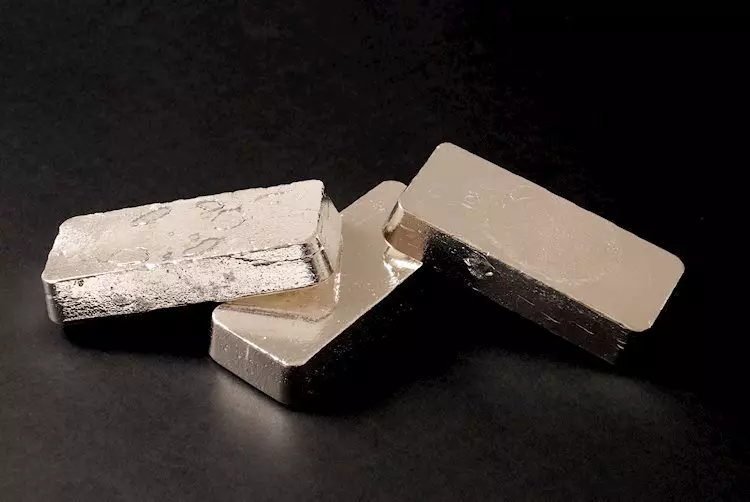The downward trend in Silver prices, currently around $27.90, is being influenced by a stronger USD and concerns over Chinese demand. The USD demand puts pressure on the USD-denominated Silver price, making it less attractive to investors. Additionally, the slowing service activity growth in China also contributes to the decline in Silver prices, as it suggests a weakening economy and lower demand for the precious metal.
Despite the negative impact of USD and Chinese demand, the potential Federal Reserve rate cuts might offer some support to Silver prices. A rate cut by the Fed would make Silver more affordable for buyers, potentially boosting demand for the metal. The market is currently pricing in a high possibility of a rate cut in September, which could provide some relief to the downward pressure on Silver prices.
US Nonfarm Payrolls Report
The upcoming US Nonfarm Payrolls (NFP) report on Friday will be a key event that could significantly impact Silver prices. The expectations for job additions and the unemployment rate in August will play a crucial role in shaping investor sentiment. A weaker-than-expected reading could lead to speculation about a recession in the US and deeper rate cuts, potentially pushing Silver prices higher.
Silver is a highly traded precious metal with value as both a store of wealth and a medium of exchange. Investors often turn to Silver as a way to diversify their portfolios or hedge against inflation. The price of Silver can be influenced by geopolitical events, economic uncertainties, and changes in interest rates. As a yieldless asset, Silver tends to rise with lower interest rates and fall with higher rates. The performance of the US Dollar also plays a crucial role in determining Silver prices, as the metal is priced in dollars.
The demand for Silver in industrial sectors, such as electronics and solar energy, can also impact its price. Changes in supply and demand dynamics, particularly in economies like the US, China, and India, can lead to fluctuations in Silver prices. Additionally, the Gold/Silver ratio is often used as an indicator of the relative valuation between the two metals. A high ratio may suggest that Silver is undervalued, while a low ratio could indicate that Gold is undervalued in comparison to Silver.
The movement of Silver prices is influenced by a combination of factors, including USD strength, Chinese demand, Federal Reserve policies, economic data, industrial demand, and the relative valuation with Gold. Investors in the Silver market need to closely monitor these variables to make informed decisions about trading or holding Silver assets.

